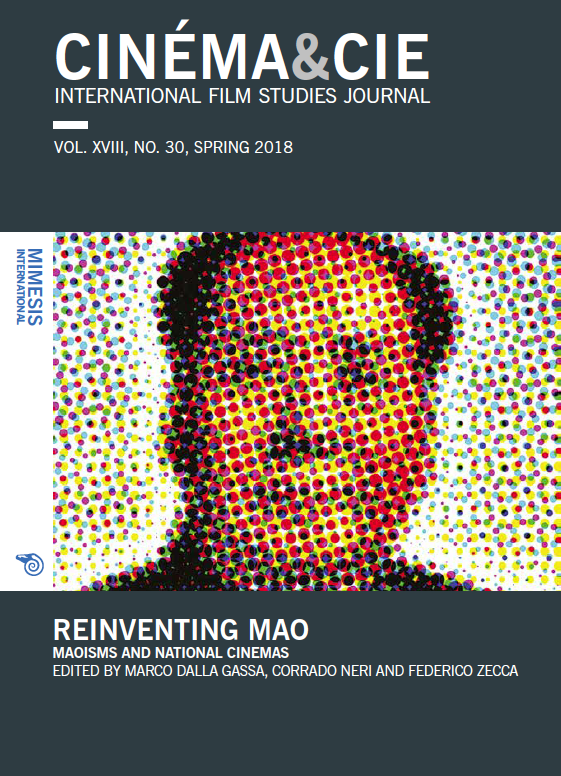Connect, Disconnect, Reconnect. Historicizing the Current Gesture towards Disconnectivity, from the Plug-in Drug to the Digital Detox
Abstract
This essay picks up on the invitation extended by the sessions on ‘Media Archeology: Network(s)’ at FilmForum 2017 to engage, with some political urgency, in ‘an archaeological excavation of the post-Fordist, post-industrial and global emergence of the Network(s).’ In a time and age in which the network, to speak with Galloway and Thacker, ‘has emerged as a dominant form describing the nature of control today, as well as resistance to it’1 such a historicizing move seems all the more important, not just for the sake of historical depth, but also, in particular, in our attempts to re ne our understanding of the present-day situation. Taking up their invitation and yet giving it a somewhat different twist, in this paper, I will appraise a genealogy of what could be seen as the inverse of the network, or the idea of networked connectivity, which, I argue, in the last decade has manifested itself most clearly in the desire to disconnect. Drawing a link between the current preoccupation with digital detoxing and anti-television movement of the 1980s onwards, I will re ect on the relevance of doing such a historicizing comparative analysis.






